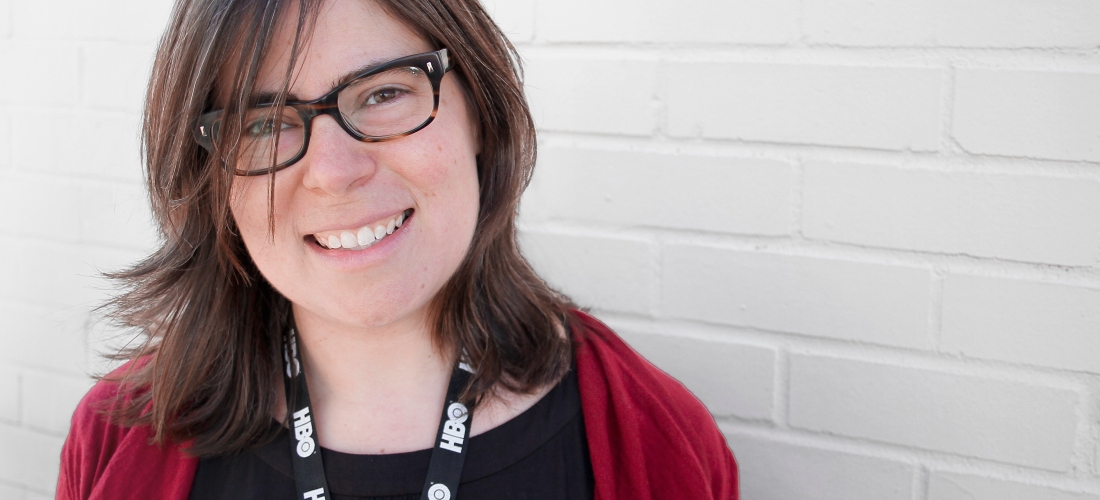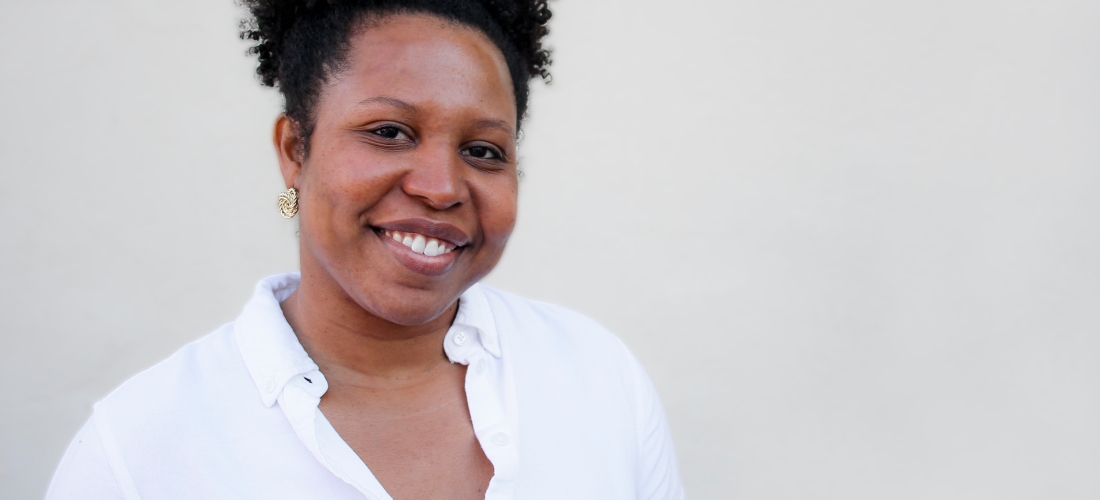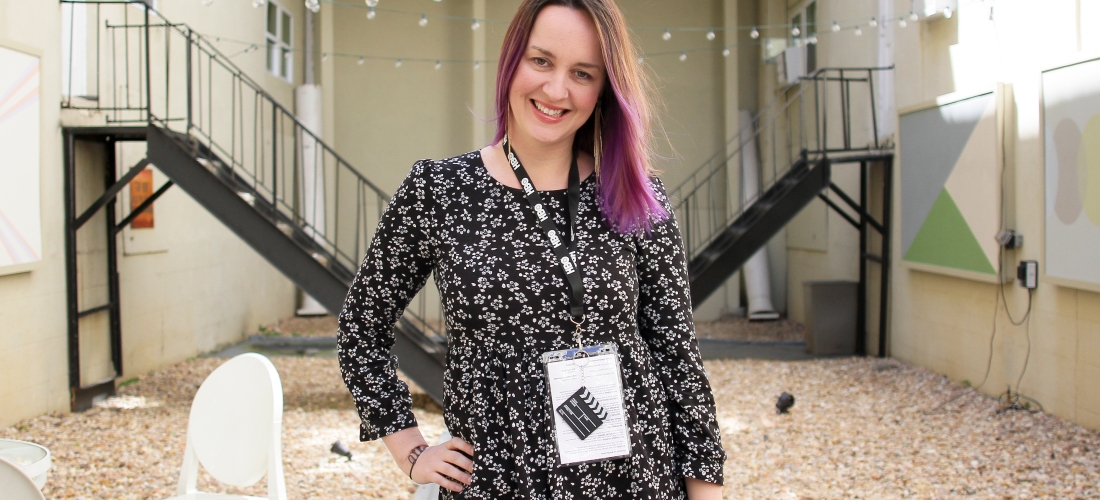The damsel in distress. The doting wife reliant on her strong husband. The man who saves the woman he loves. These are the romance stories that are told with great frequency in our society. Brigitta Wagner, who wrote, directed, co-edited and co-produced the film Rosehill, wanted to know why there wasn’t as much coverage of the kind of experiences that women in their 30s have while trying to establish healthy life and work boundaries in modern day America.
“Why are we always seeing women saved by men?”
Brigitta is animated and passionate about her film, and we spoke for a while over coffee in between her screenings and meetings during the 2015 Atlanta Film Festival. She told me that the concept came together based on conversations with her friends and her own personal experiences. “I wanted to explore ways that real women deal with real problems,” she said.
Rosehill is a film about two women who are old friends but haven’t seen each other in a long time. Katriona, the main character, distressed about her relationship with her boyfriend, decides to visit her best friend Alice in Indiana. The rekindling of their friendship leads to a road trip and blissful disregard for the responsibilities of their day-to-day lives. The journey isn’t always a happy one, however, but in the end both women gain perspective on their lives from the experience.
Though Brigitta did compose a preliminary script for the film, she also left plenty of room for improvisation.
“I like it when something happens that I don’t actually control on the screen,” she explained. The two main characters, played by actresses Josephine Decker and Kate Chamuris, maintain a voice of their own and “created a friendship that you can see on the screen.” Brigitta allowed space for the two to bring their own ideas and influence to their roles and to the film, making it something altogether new.
“It makes films more interesting and more alive,” Brigitta said. “We just had a porous boundary.”
Brigitta’s history as an academic also influences her perspective on her film work, stating that she believes strongly in the importance of including film education when making new films. “There are a lot of academic questions you can ask about the world with the camera,” she continued, elaborating more on her improvisational style. “If you’re an artist or if you’re a humanity scholar of some kind you can go out with a camera and ask questions, it’s very liberating to work that way.”
Rosehill was included in the competition and New Mavericks programming at the festival, and Brigitta also came to the New Mavericks lunch at Parish where she met with other female filmmakers and honorees. I asked her about her experience as part of the program.
“It has been amazing,” she said. “I’ve only been here for a couple of days in Atlanta but I’ve met some really amazing women producers, filmmakers, and actors.” The New Maverick program provided an opportunity for Brigitta to network and brainstorm with others who share her dedication to bringing real women’s stories to the big screen.
“It’s really brave of the Atlanta Film Festival to have a series like this,” she told me, indicating that from her experience it’s mostly on the indie side of the filmmaking spectrum where women are seen in the higher positions of film production. “It’s important to support these young women who are out there making films,” she said.
I do believe that’s something that we can agree on.
To see stills and learn more about Rosehill, go online to the Facebook page.
-Isadora







